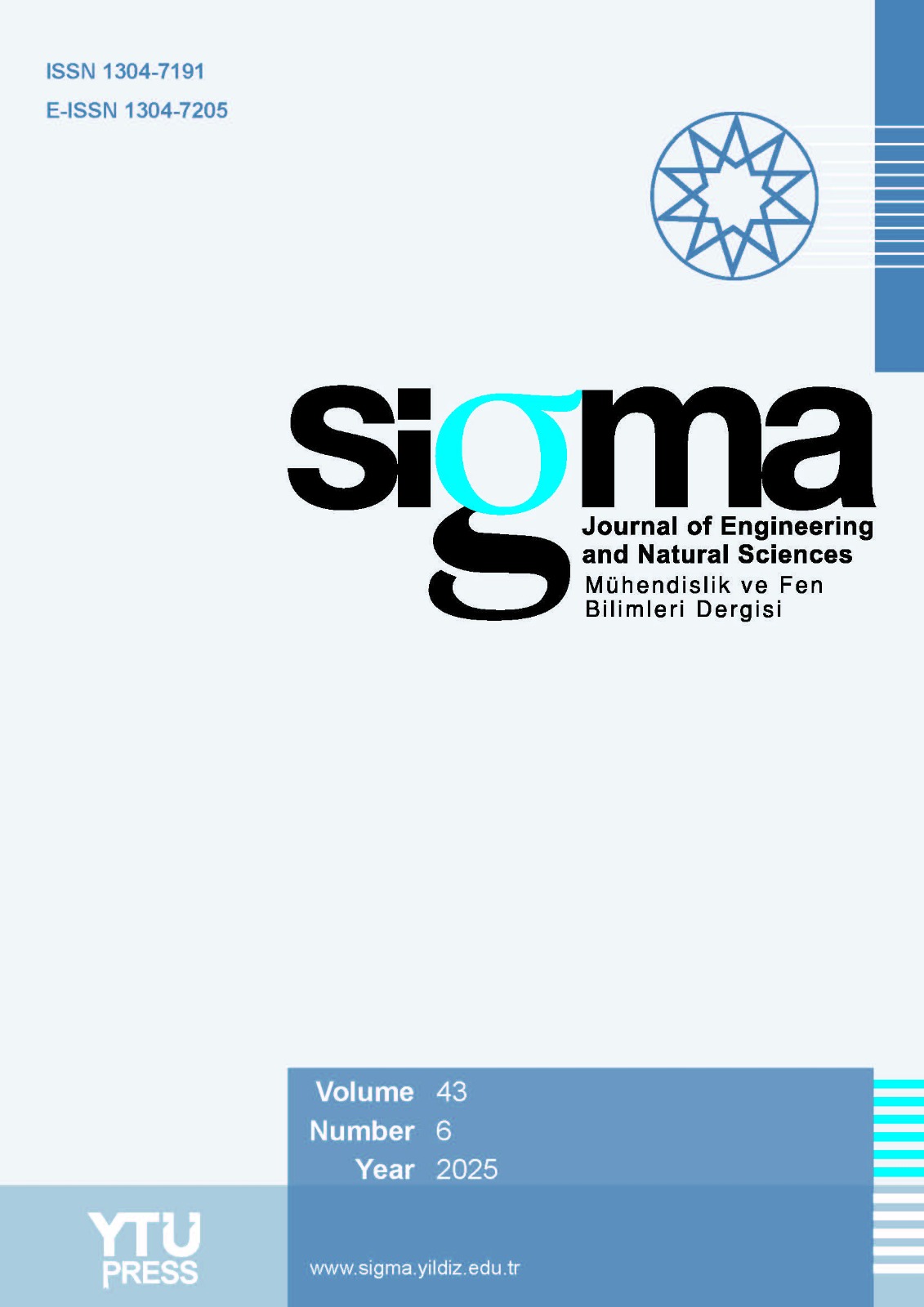Abstract
Energy management systems (EMS) have gained importance in reducing energy waste and overconsumption. One critical component of effective EMS is long-term electricity consumption forecasting, which helps estimate energy demand and provides a general view of the future for macro-level planning. To achieve this, accurate predictions are essential for developing efficient energy plans. Consequently, machine learning models have garnered significant attention in recent decades due to their ability to address these challenges. These models, artificial neural networks with deep structures, are particularly effective, as they can analyze large volumes of data and provide accurate forecasts, even when the data exhibits complex, non-linear patterns. In this study, long-term electrical energy consumption has been forecasted using MATLAB software according to the past trend of consumption with long short-term memory (LSTM) and nonlinear autoregressive (NAR) neural networks. Monthly energy consumption data between 1973-2022 in USA was used as the data set.
The assessment metrics used for both networks included Mean Absolute Percentage Error (MAPE), Symmetric Mean Absolute Percentage Error (SMAPE), Root Mean Square Error (RMSE), Mean Absolute Error (MAE), Mean Bias Error (MBE), and the Coefficient of Determination (R2). These metrics were calculated to evaluate the performance and accuracy of the networks. The fewer error values and the higher value of Coefficient of determination (R2 =0.9318) in LSTM show more accuracy in this network when it’s compared with NAR (R2 =0.6387). The same situation with the Root Mean Square Error witch it shows that the LSTM gives better results (RMSE =8.8033) than the NAR (RMSE =20.1971).
The results show LSTM network has better performance and can produce more accurate output because of its structure which has short-term and long-term memories that make it able to remember information for long periods and has feedback connections. In fact, LSTM is a high-performance nonlinear predictor.













